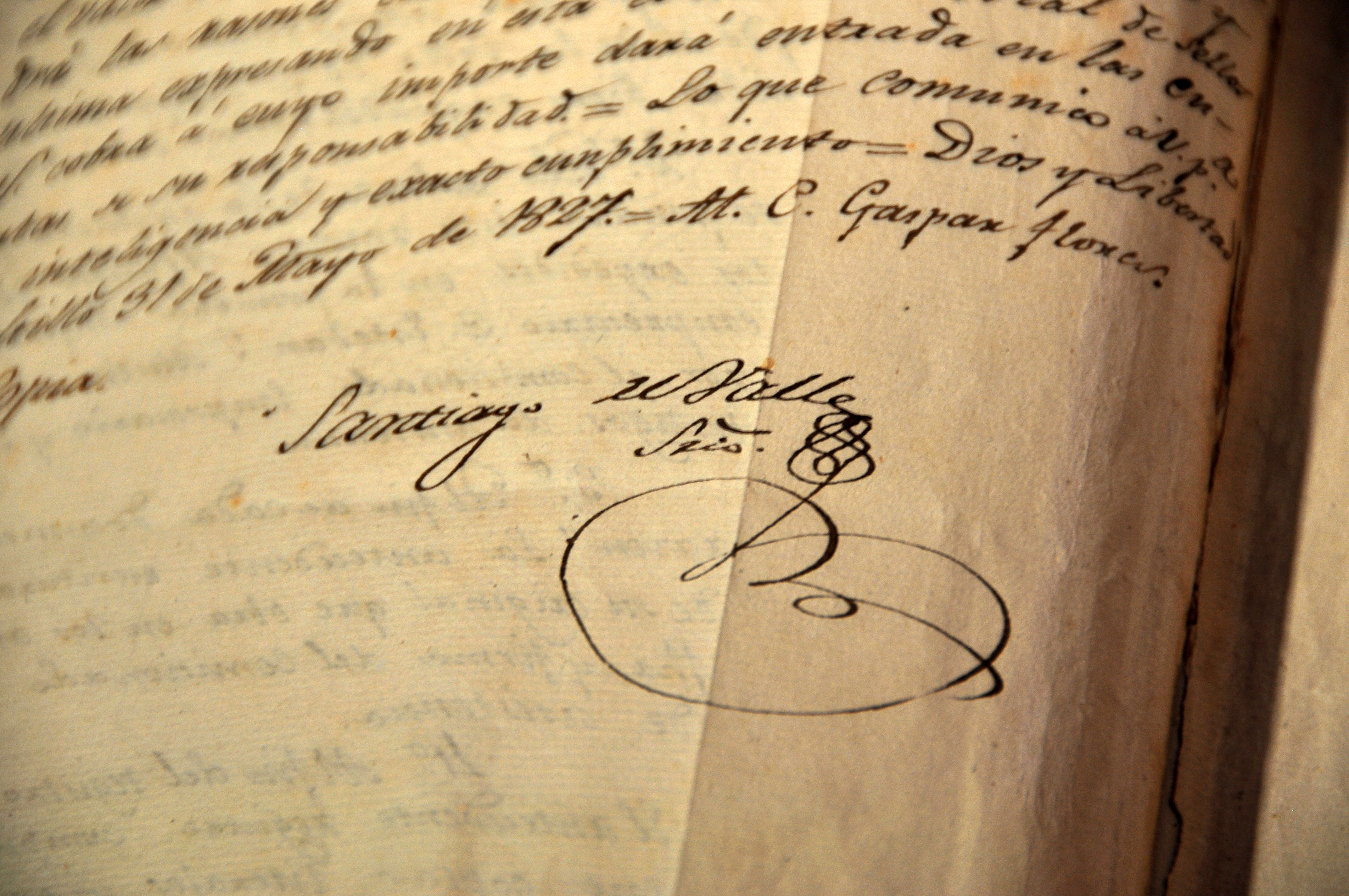County/Region:
Brazoria, Chambers, Galveston, Jefferson
Project Partner/Recipient:
Texas General Land Office
Summary:
This study documented the recovery of the gulf-facing shoreline of the upper Texas coast beach-dune system over the four-year period following the landfall of Hurricane Ike.
County/Region:
Coastwide
Project Partner/Recipient:
Texas A&M University - Corpus Christi
Summary:
County/Region:
Galveston
Project Partner/Recipient:
City of Galveston Park Board of Trustees
Summary:
This project used approximately 250,000 to 500,000 CY of sand for beach nourishment.
County/Region:
Nueces
Project Partner/Recipient:
Nueces County
Summary:
Nueces County purchased a plotter and a computer system for mapping.
County/Region:
Harris
Project Partner/Recipient:
City of Seabrook
Summary:
The City of Seabrook acquired equipment to provide emergency response to oil, fuel, and chemical spills in the marinas, estuaries, canals, and ports in the City of Seabrook, and adjacent areas of Clear Lake and Galveston Bay.
County/Region:
Cameron
Project Partner/Recipient:
City of South Padre Island
Summary:
The City of South Padre Island constructed a 16 foot wide permanent concrete structure to allow safe access over the dunes in case of emergencies as well as provide pedestrian access simultaneously at Beach Circle access point.
County/Region:
Galveston
Project Partner/Recipient:
City of Galveston Park Board of Trustees
Summary:
This project provided beach and dune nourishment along 2,000 feet of Gulf of Mexico shoreline at the west end of the Galveston Seawall.
County/Region:
Galveston
Project Partner/Recipient:
Texas General Land Office
Summary:
This shoreline protection demonstration project producted a feasibility assessment phase of the Resen Waves artificial breakwater.
County/Region:
Brazoria
Project Partner/Recipient:
Texas A&M University at Galveston
Summary:
Texas A&M University at Galveston characterized sea turtle nesting activity and essential nesting habitat on West Galveston Island.
County/Region:
Kleberg
Project Partner/Recipient:
Kleberg County
Summary:
Kleberg County developed engineering options to address erosion of a high bank at the park.
County/Region:
Jefferson
Project Partner/Recipient:
Port of Beaumont Navigation District
Summary:
Port of Beaumont Navigation District constructed a retaining wall for Neches River shoreline protection to protect public property by stabilizing, and to some degree revitalizing, an on-going, river-bank erosion problem.
County/Region:
Coastwide
Project Partner/Recipient:
Railroad Commission of Texas
Summary:
County/Region:
Galveston
Project Partner/Recipient:
Galveston County
Summary:
Galveston County Beach and Parks Department purchased a Beach Tech-type beach-cleaning machine to remove nonbiodegradable materials from the Bolivar Peninsula beaches.
County/Region:
Galveston
Project Partner/Recipient:
General Land Office
Summary:
County/Region:
Coastwide
Project Partner/Recipient:
National Audubon Society, d.b.a. Audubon Texas
Summary:
Audubon Texas (ATX) conducted rookery island enhancement and protection activities, trained community members to survey rookery islands, monitored colonial waterbird populations during breeding season, and uploaded data to the online database.
County/Region:
Cameron
Project Partner/Recipient:
Texas A&M University - AgriLife Extension Service
Summary:
Texas Water Resources Institute constructed a wetland to remove nutrients from spoils dredged from the turning basin at the Port of Harlingen, Texas.
County/Region:
Coastwide
Project Partner/Recipient:
Texas State University
Summary:
Texas Tech University focused on scenic impacts to coastal habitats from major action or intended changes to these systems.
County/Region:
Coastwide
Project Partner/Recipient:
Freese and Nichols, Inc.
Summary:
Freese and Nichols, Inc. updated the Texas Environmental Sensitivity Index Maps and the Oil Spill Planning and Response Atlas Data Supplement to capture new information and ensure protection of sensitive environmental features along the coast.
County/Region:
Cameron
Project Partner/Recipient:
City of Brownsville Fire Department
Summary:
City of Brownsville Fire Department purchased rescue equipment to allow for faster and safer response to swift-water and under water emergencies.
County/Region:
Aransas
Project Partner/Recipient:
Aransas County
Summary:








